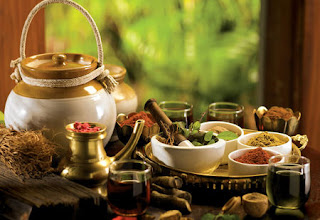Tips to overcome adrenal fatigue
It was probably less common to see a condition like adrenal fatigue in the ancient times. Through overworking of the two tiny little glands over the top of the kidneys and due to the imbalance in vata or pitta, or both doshas, such a condition can occur. A natural approach can help see results immediately to balance the adrenals and here are a few: Balance vata and pitta Taking immediate fixes like coffee, tea, chocolate or sugar, how much ever pure or organic it may be, would only make drain you more. The only true ultimate re-energizer to get you out of tiredness is rest. cut out the screen time you spend on social media, texting and reading articles on electronic devices. These devices are big time and sneakiest prana or energy suckers which leaves you drained, over-taxed and over-works agni. Practice yoga nidra, which is a type of meditation done by lying down in savasana to help calm down and re-direct scattered prana. Abhyanga Give yourself a good session of Ay...



